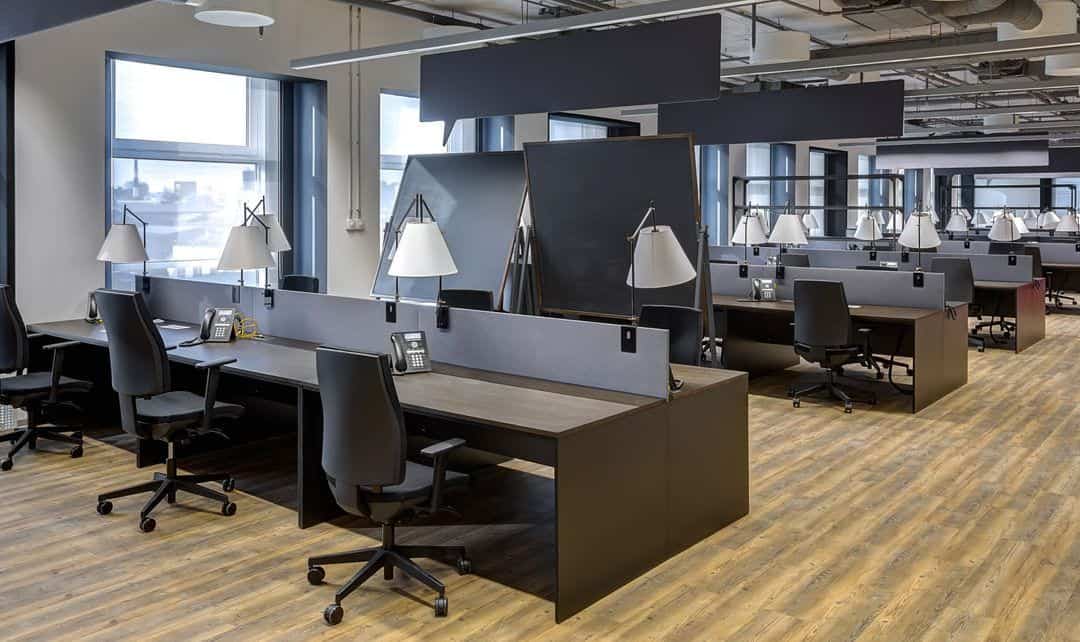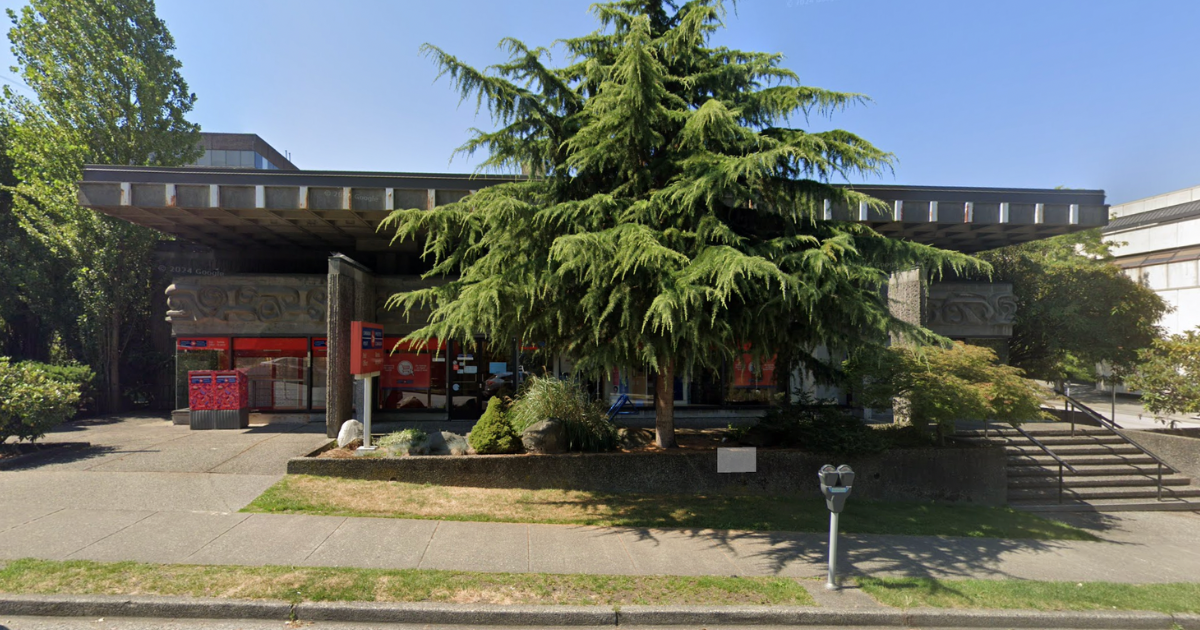While most are familiar with the concept of “staging” when it comes to residential real estate, office landlords are now increasingly adopting the practice by staging office spaces, according to a report from CBRE Canada.
It says office landlords are building out empty floor plates with meeting rooms, kitchens, a mix of office and open work areas, and functional reception areas to allow business owners to quickly visualize their business in the space. The practice also eliminates the need and the additional associated risks of designing and fitting out office space from scratch.
“First impressions in real estate – residential and commercial – are key in selling a potential occupier on a space. For office landlords, compared to the alternative of simply presenting a tired or empty floor plate, office staging allows a potential tenant to easily visualize their business in the built-out space and picture their operation’s future success – much like a person looking around a staged home can picture their family living and growing there,” says Werner Dietl, EVP and GTA regional managing director of CBRE Canada. “However, unlike residential staging where once a showing concludes, the furnishing is removed, the office staging remains intact even after the tenant moves into the space. In fact, it’s an attractive selling point as these staged offices are geared towards small businesses that are focused on growing and don’t have the expertise or time to facilitate building out a functioning and flexible office space.”
The company says office staging is a growing trend among landlords as they look to attract new tenants and fill pockets of vacancy within their portfolio. Typically ranging from 1,000 to 5,000 sq. ft., these smaller, staged units have shorter lease terms and are leased at a premium to offset the landlord’s capital investment.
“Considering how nearly 90 per cent of businesses in Canada employ between one and 19 people, it’s no surprise staged offices are growing in popularity, vying for businesses that have grown out of their co-working space phase,” says Dietl.
CBRE’s report says the natural progression of many growing companies today begins at incubators and co-working spaces, where leasing commitments are flexible and range from as little as an hour in occupancy. However, when companies grow past more than three employees, more permanent and cost-effective solutions are necessary.
Much of the office staging is performed in “term spaces”, where larger tenants have first right of refusal on vacant space. Staging the office allows for shorter term leasing to small businesses, de-risking landlords’ relationship with larger tenants and building new ones with growth tenants. In addition, landlords of Class B and C properties can stage office spaces and better compete with new builds by offering tenants modern amenities and layouts, the company says.
“For landlords, having growth tenants occupy these built-out spaces is a long-term play. Canada’s start-up scene has exploded in the past few years. We’ve seen the likes of Shopify and Hootsuite breakout and gain international prominence. Such organizations, when they expand and require more real estate to operate, can graduate from staged spaces to traditional office spaces, and the landlord has the opportunity to grow the company within its own portfolio,” says Dietl.
















